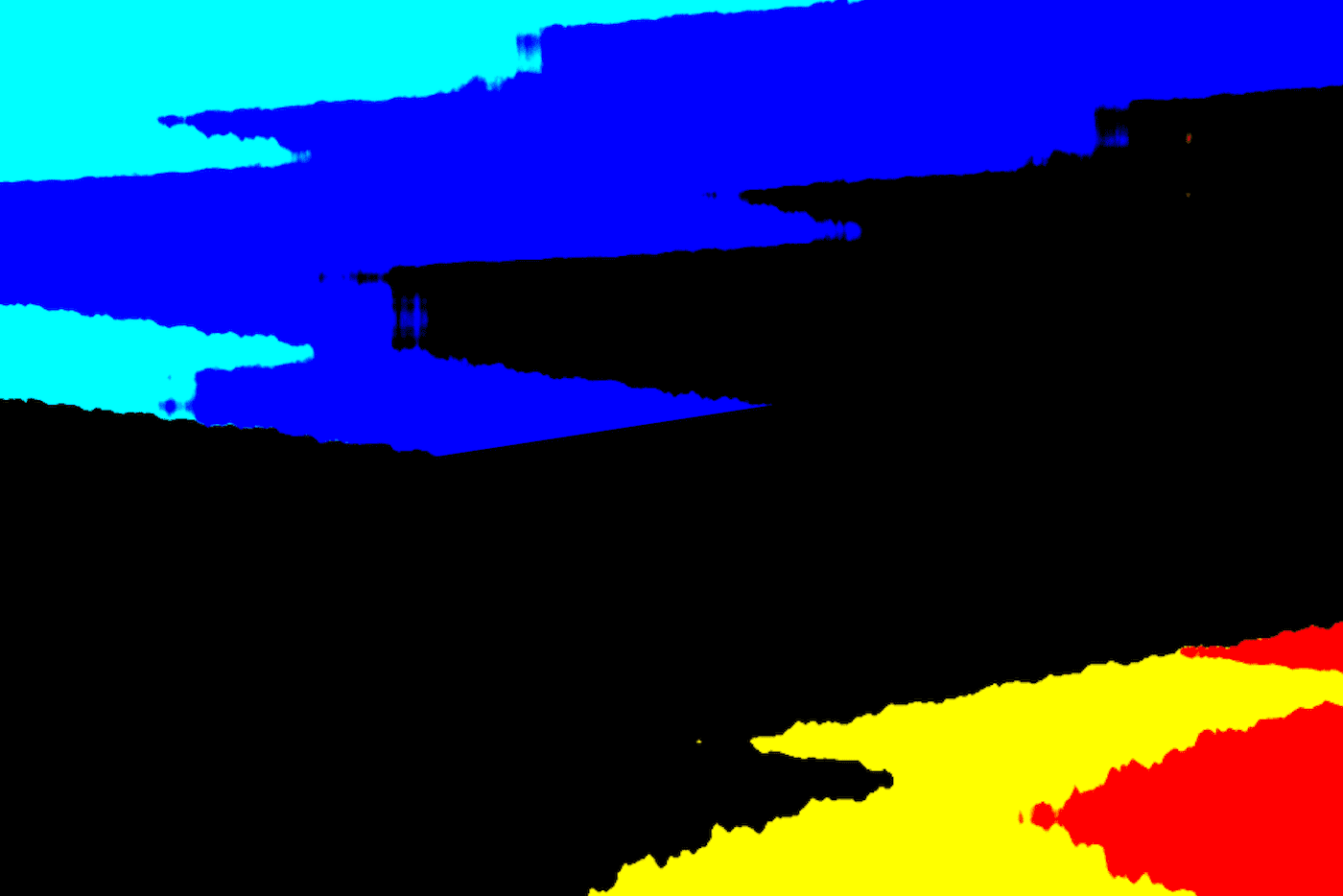Researchers: Loyde Vieira De Abreu Harbich, Mariana Zuliani Theodoro de Lima, Sasquia Hizuru Obata, Anny Cardeli, Ariella Cristine Cabezas Piffer, Pérola Felipette Brocaneli, Andre Luiz Nery Figueiredo, José Alonso Pajuelo Bravo, Thiago Oliveira Leite, Taizy de Jesus Santos, Luan Fagner de Almeida Esteves, Julia Tiemi Martins Goia
Summary:
To address the challenges of water scarcity, university outreach activities play a strategic role in promoting sustainable solutions and connecting researchers with vulnerable communities. In Portada de Manchay II—an urbanized area on the outskirts of Lima, Peru—local leaders sought support from the Universidad Científica del Sur to develop a public space redevelopment project with a focus on sustainability. As a unique feature, atmospheric fog collectors were incorporated as an alternative irrigation solution.
The central objective was to create a functional and resilient green area, connecting academic knowledge to the real needs of the population and contributing directly to the Sustainable Development Goals (SDGs) established by the UN as 1, 2, 6, 9, 11 and 13, 17.
The methodology for this real-world experiment involves the steps:
Stage 1: Participatory landscape and territorial planning
This phase consisted of participatory meetings between teachers, students, community leaders, and other stakeholders to map the common use needs of Portada de Manchay II—including community gardens, a playground, multipurpose spaces, restrooms, a sports court, walking areas, and the preservation of the Santo Grotto. The needs program was aligned with SDGs 2 (Zero Hunger), 3 (Health and Well-being), 6 (Clean Water and Sanitation), 11 (Sustainable Cities), 13 (Climate Action), and 15 (Life on Land). Considering the steep slopes of the terrain, a system of ramps was proposed to connect the court, the multipurpose spaces, the gardens, the Santo Grotto, and the viewpoint, improving pedestrian circulation. The main challenge identified was local water scarcity: although the 60 families receive water from water trucks, irrigating the gardens and maintaining the green areas require more permanent solutions.
Stage 2: Applied research on fog water collectors.
In the theoretical scope, the prototype based on carbon nanotubes developed by Ouellet (2020) at the Polytechnic University of Montreal revealed gaps in the study regarding the impact of climate, pollution and wind on nanotubes, in addition to
its tendency to absorb pollutants. At the same time, the Lima Metropolitan Plan 2040 identified that districts such as San Juan de Lurigancho, Lurigancho, Villa María del Triunfo, and Lima Balnearios del Sur suffer from a drinking water deficit due to a lack of distribution networks and insufficient supply. These problems are exacerbated by the SUNASS report, cited in El Peruano (2024), which highlights the degradation of the Rímac, Chillón, and Lurín rivers due to illegal occupation, industrial contamination, and disorderly urban expansion in areas far from treatment plants.
Step 3: Field-tested prototypes
The prototyping phase consists of building experimental models, testing hydrophilic materials, aerodynamic structures, and drainage mechanisms. At this stage, techniques such as 3D printing and computer simulations help visualize and fine-tune the device's performance. This phase involved undergraduate Architecture and Urban Planning students from Universidade Presbiteriana Mackenzie and UCSur. The prototypes developed by FAU Mackenzie students are now in the testing phase.
Step 4: Real World Experiment
The team found that the original mesh didn't retain enough vapor and replaced it with a 35% Rashel to improve collection efficiency. On June 5, 2025, during a technical visit to Portada de Manchay II and surrounding areas, it was found that fog forms between 750 and 900 meters above sea level, a range incompatible with the location. Therefore, the prototype was installed in the backyard of a resident of Buena Vista de Manchay, at an altitude of 850 meters and with humidity levels close to 100%, which allowed the device to be tested under real-world conditions and collected field data.
Under the coordination of Professor José Alonso Pajuelo Bravo, these experiments validated the design and clarified the microclimatic variables crucial for implementing fog collectors in peripheral areas. The team subsequently developed a second prototype, and two collectors are currently in operation in Portada de Manchay II, supplying water to two families' biogardens.
Conclusions
Studies on fog water harvesting have shown that conventional collectors work well in humid conditions but lose efficiency in the dry season. To address this, professors Pérola F. Brocaneli and Verioska V. Urquizo created a landscape design using a low-cost and low-complexity "atrapaniebla." Mackenzie undergraduate students, supervised by Prof. Loyde A. Harbich, iterated on new prototypes using 35% Rashel mesh, 3D printing, and computer simulations—resulting in greater vapor retention.
Field tests at altitudes of 750 to 900 m, with humidity levels close to 100 %, and trials with residents of Buena Vista de Manchay confirmed continuous water collection. A video tutorial demonstrates how to build collectors at home to supply biogardens and green spaces. The patent application at the Universidad Científica del Sur protects the technology, and authorization to install a prototype on-site represents a milestone in the validation and future expansion of this sustainable solution.
Free
Registration
Registrations must be made here.
Selection will be made in order of registration.
Registration will be open until the start of the activity, on site, as long as there are spaces available.


